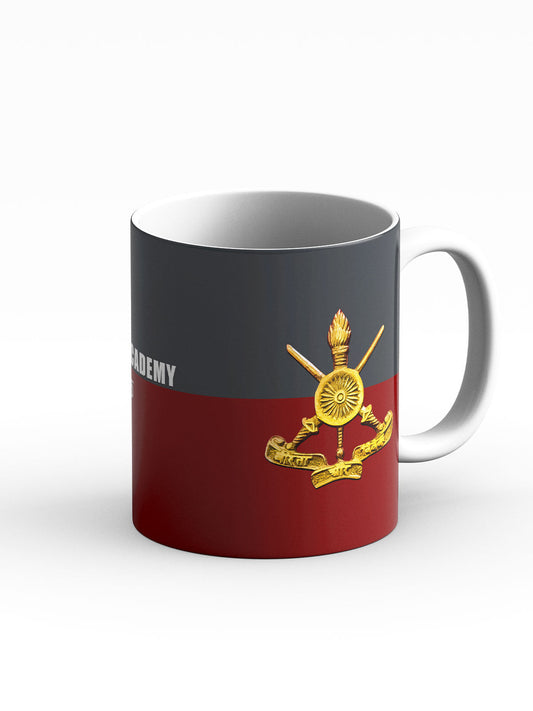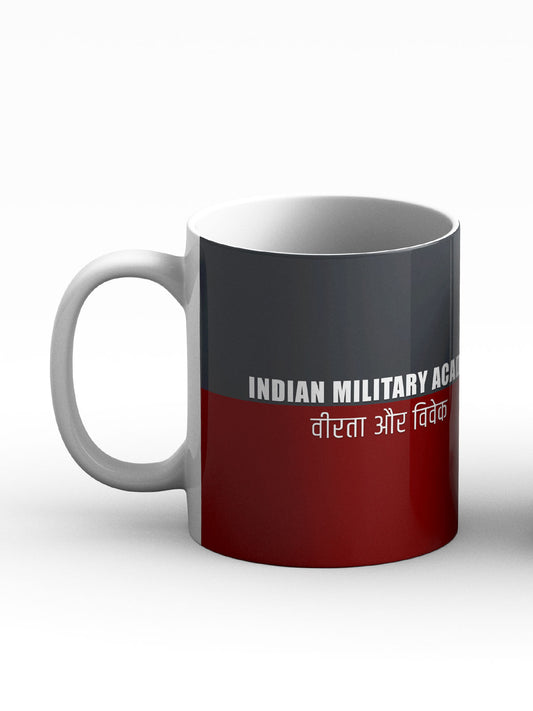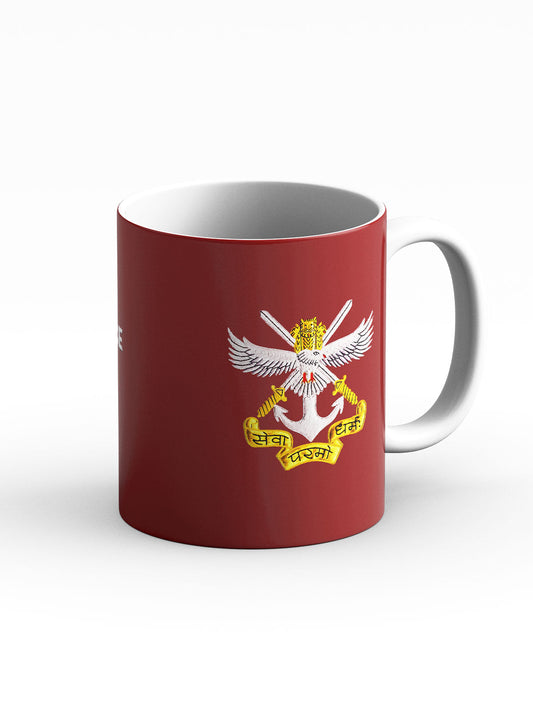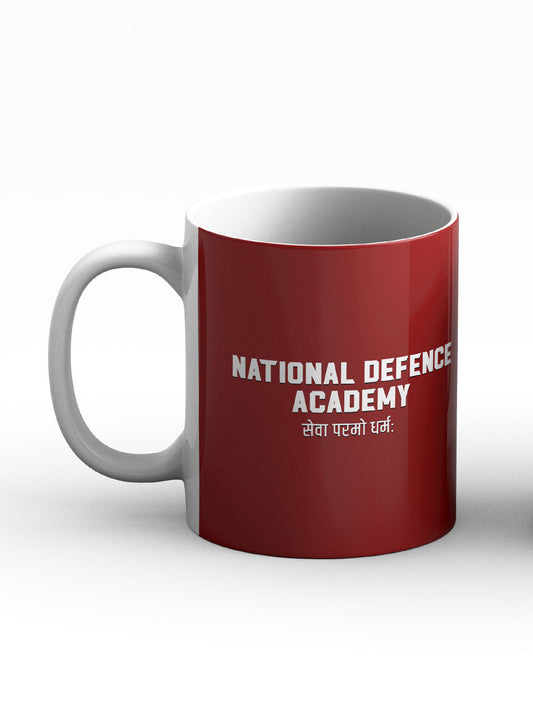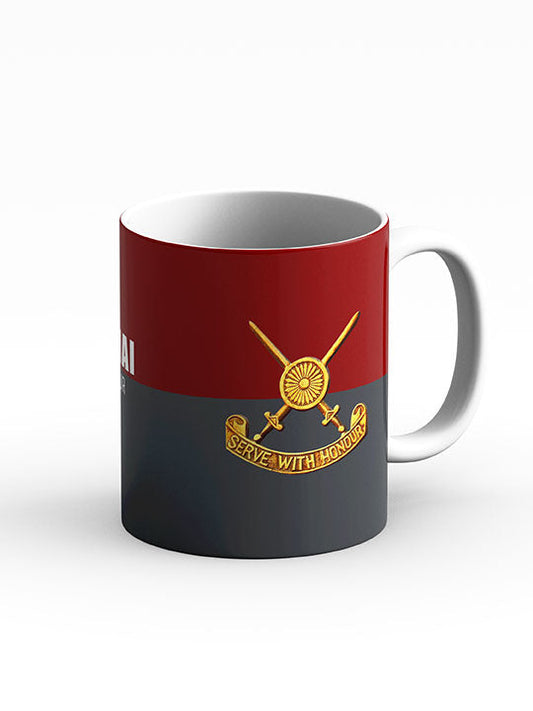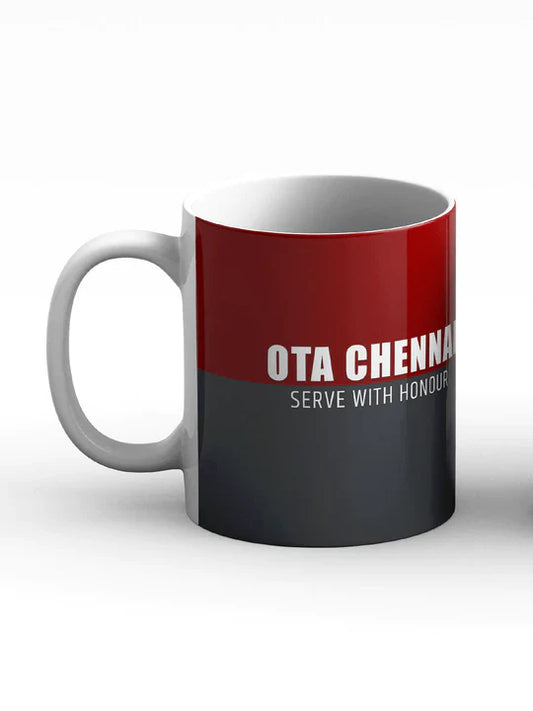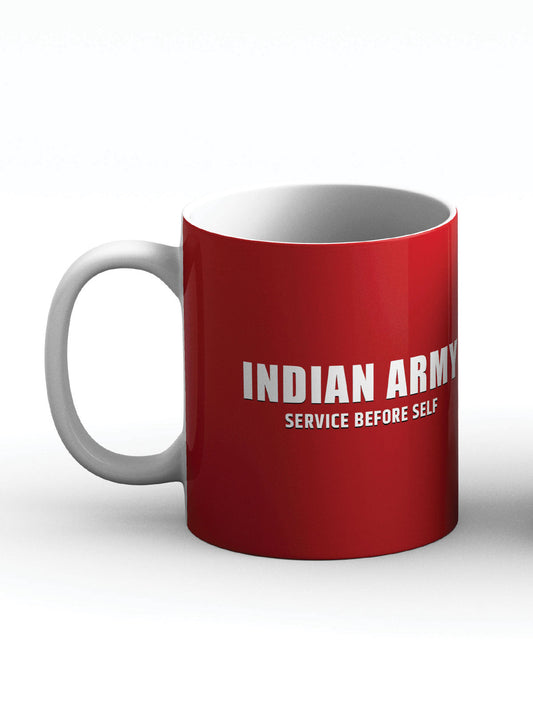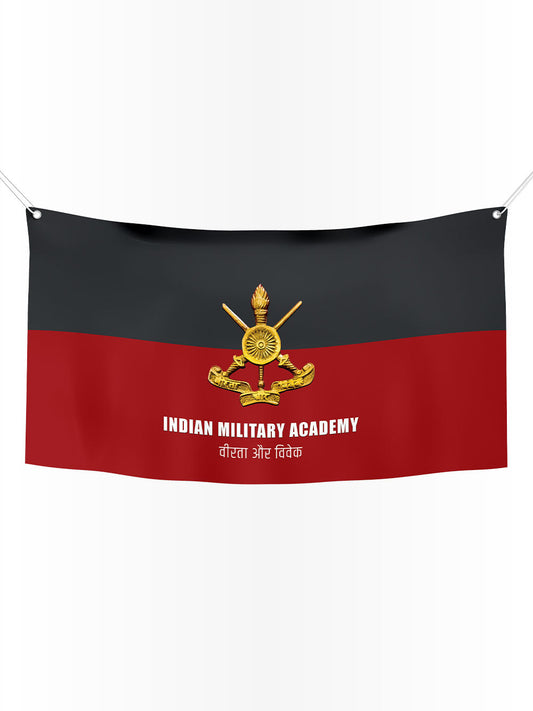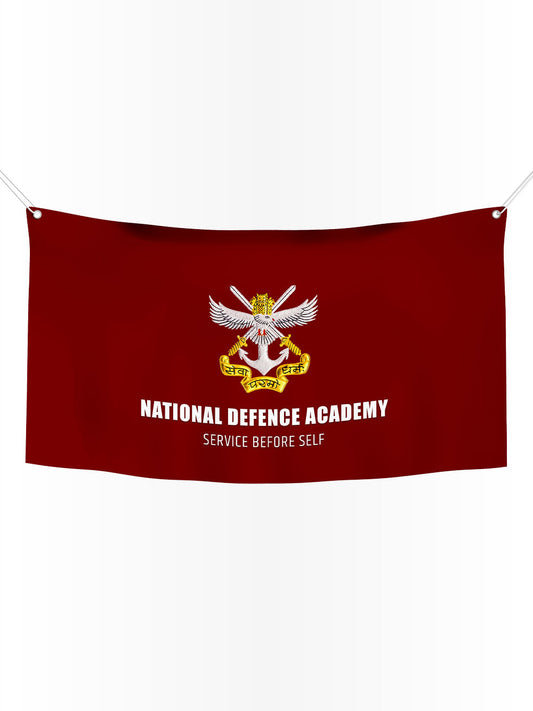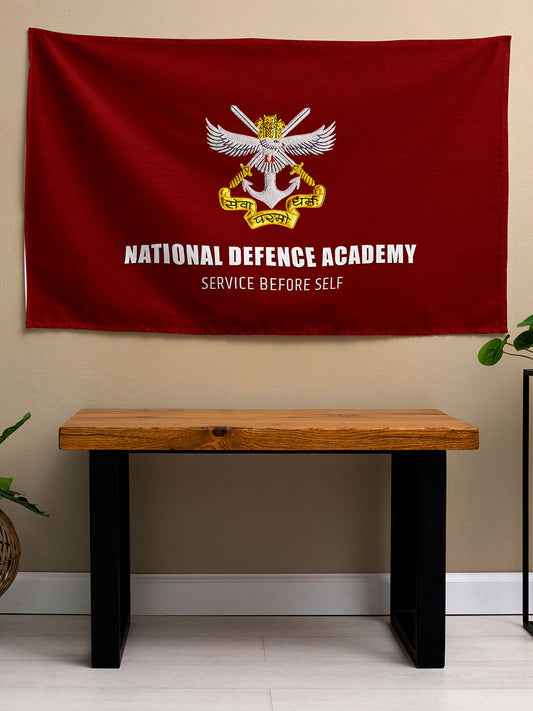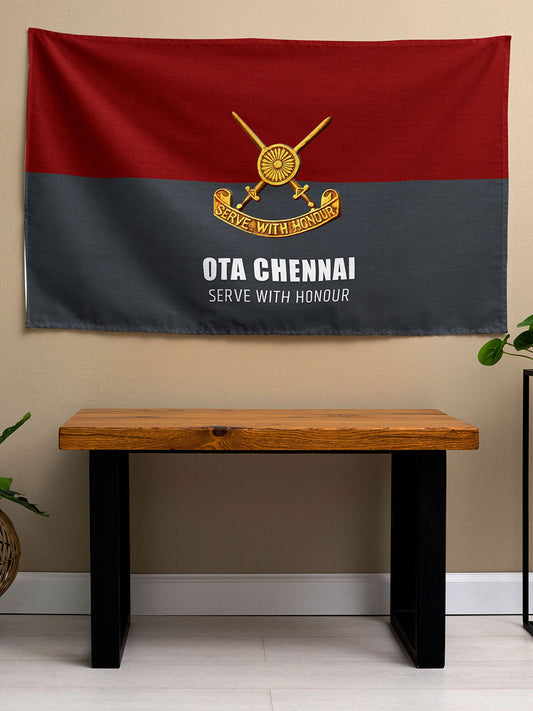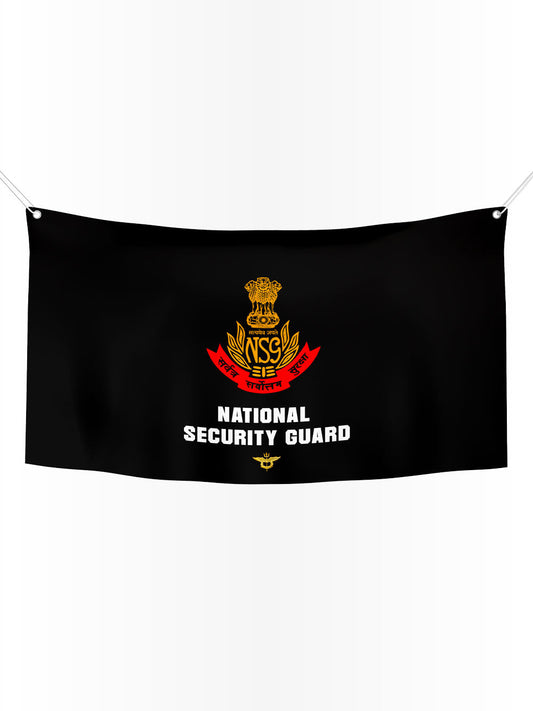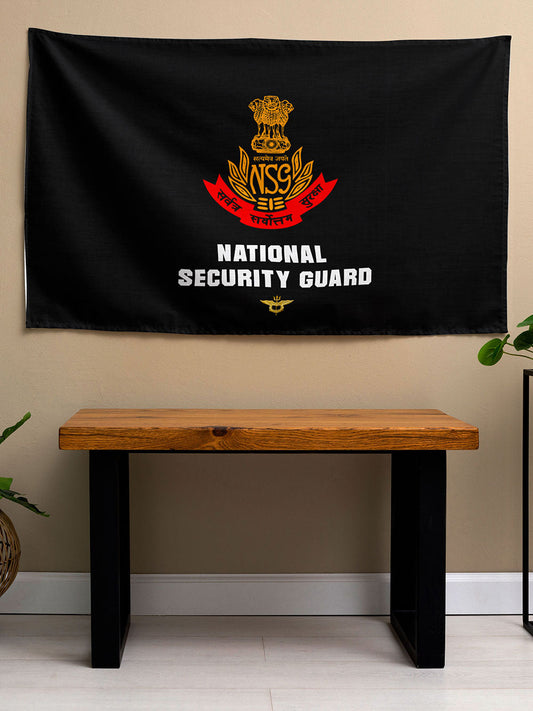What is Word Association Test in SSB Interview?
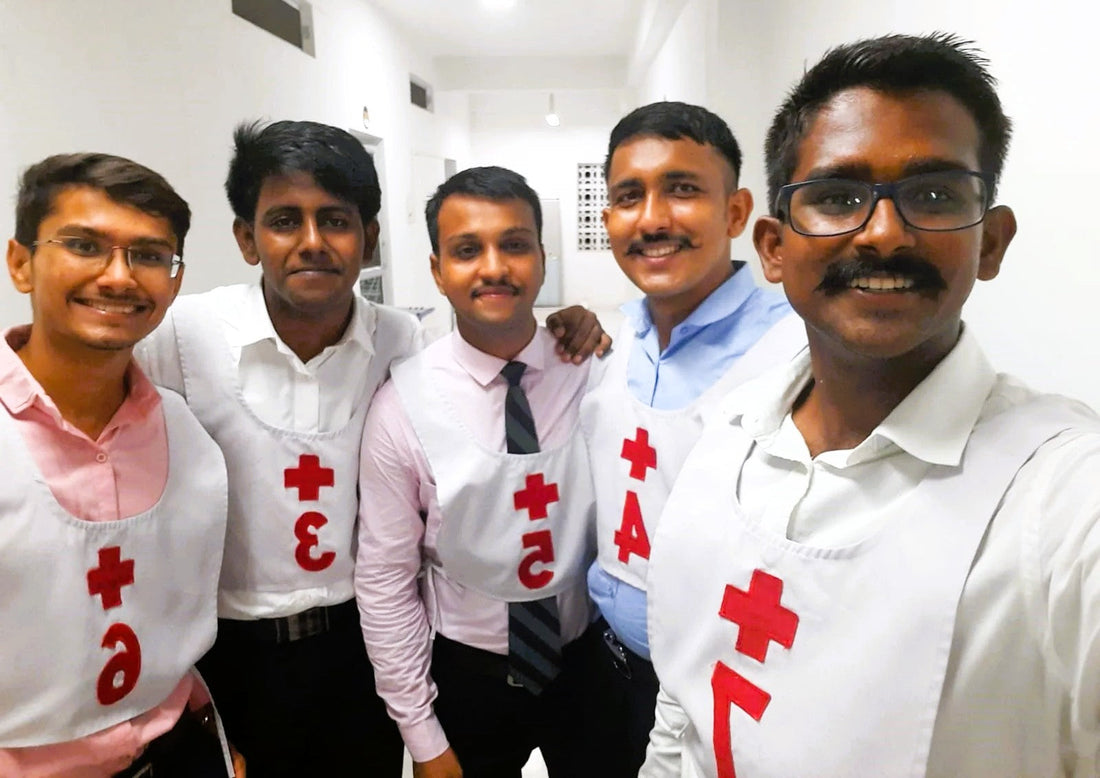
The Word Association Test (WAT) is a pivotal aspect of the Services Selection Board (SSB) interview, which serves as a rigorous gateway for individuals aspiring to join the Indian Armed Forces as officers. Designed to delve deep into a candidate's psyche, this psychological assessment offers insight into their subconscious mind, thought processes, and overall personality traits. In an environment that demands resilience, quick decision-making, and effective communication, the WAT acts as a lens through which assessors can gauge the underlying attributes that define a potential leader in the Defence services. This article explores the nuances of the WAT, its significance, methodology, evaluation criteria, and effective preparation strategies to help candidates excel.
Historical Context of the Word Association Test
The Word Association Test, while a modern tool in psychological assessment, has its roots in the early 20th century, emerging from broader psychological experiments that sought to understand the human mind. Developed by researchers such as Carl Jung and later adapted for various psychological evaluations, WAT has evolved into an essential component of personality assessment in numerous high-stakes evaluations, including military selection processes worldwide. Its incorporation into the SSB interview system underscores its relevance in identifying leaders who possess the emotional resilience and cognitive skills requisite for roles in the armed forces.
Purpose and Significance
At its core, the WAT serves multiple purposes in the context of military selection:
- Assessment of Subconscious Mind: Unlike direct interviews that can be manipulated by conscious thought, the WAT enables assessors to glimpse candidates' subconscious responses. This dimension is critical in understanding authentic personality traits and problem-solving capabilities.
- Evaluation of Personality Traits: The test captures various facets of a candidate's personality—such as their risk tolerance, creativity, and ability to remain calm under pressure—traits that are integral to military leadership.
- Identification of Natural Responses: By forcing candidates to respond spontaneously to stimuli, assessors can identify genuine thought patterns that reveal how an individual might handle real-life challenges in the field.
Understanding the significance of the WAT allows candidates to appreciate its role not just as an exam but as a crucial gateway to their potential role as future leaders in the armed forces.
Conduct of the Test
The WAT is meticulously structured to facilitate a smooth yet intense evaluation process. Here’s how it unfolds:
- Timing and Format: Typically conducted on the second day of the five-day SSB interview, candidates are presented with 60 stimulus words, each accompanied by a time limit of 15 seconds for response. This format emphasizes instinctive responses over calculated answers.
- Response Construction: Candidates are required to construct a meaningful sentence incorporating the given word, enabling insight into their thought processes and associative thinking patterns.
This structured approach ensures that candidates are drawn into a rapid-fire scenario that mimics the pressures of real-world decision-making.
Types of Words Used in WAT
The diversity in the stimulus words employed during the WAT adds layers to the evaluation. Words can be categorized as follows:
- Neutral Words: Such as "book," "school," or "tree." These words test baseline cognitive functions without loaded emotional implications.
- Positive Concepts: Words like "success," "achievement," or "victory." Responses to these words often reflect a candidate’s optimism and self-perception, essential traits for military leadership.
- Negative or Challenging Terms: For example, "defeat," "sorrow," or "failure." Candidates' reactions to these words can reveal their emotional stability and resilience in the face of adversity.
By evaluating responses across these categories, assessors can gauge a candidate’s balance of positivity and overall emotional intelligence.
Evaluation Criteria
The assessment of responses in the WAT gravitates around several critical aspects of personality evaluation, including:
- Evaluation Strength: How adeptly candidates grasp the meaning of words and formulate appropriate responses. This skill denotes clarity of thought, a crucial aspect for military leadership.
- Logical Thinking: The coherence in responses indicates rationality in thought processes. Assessors look for clear connections between stimulus words and the meanings articulated in the sentences.
- Positive Outlook: The degree of optimism demonstrated in responses to challenging terms is critical, as it indicates a candidate’s perspective on difficulties encountered in a military environment.
- Response Under Pressure: Candidates’ performances within strict time limits are indicative of their ability to think quickly and effectively under stress—a key quality for military officers.
- Emotional Stability: The reaction to emotionally charged words helps assessors understand the candidates' emotional resilience and potential response to pressure in real-life scenarios.
This comprehensive evaluation framework paints a detailed picture of a candidate's suitability for military service.
Preparation Strategies
To excel at the WAT, candidates can adopt several targeted preparation strategies:
- Daily Practice: Engage with a list of 40-50 words each day, focusing on generating responses under time constraints. This habit builds both response speed and clarity.
- Emphasis on Response Quality: Craft short, precise sentences that convey clear thoughts. Training oneself to formulate constructive sentences, even with negative words, can yield perceptive insights into the candidate's personality.
- Balanced Content: Strive for a mix of vocabulary and contexts; avoid excessive military jargon or clichés. Authenticity in responses matters significantly for a holistic evaluation.
Tips for Performance
To perform well under the high-pressure SSB environment, candidates should consider the following tips:
- Stay Calm and Focused: Being relaxed helps in delivering instinctive, coherent responses to stimulus words.
- Be Honest: Genuine responses that reflect the true character are far more valuable than calculated or rehearsed answers. Authenticity matters.
- Think Positive: Even with negative stimulus words, try to frame responses in a constructive manner. This mindset can project positivity in challenging situations.
- Practice Regularly: Familiarity with the WAT format through sample words and previous SSB interview question papers will enhance comfort levels and response efficacy.
- Expand Your Vocabulary: An enriched vocabulary allows for a broader range of responses. The ability to articulate thoughts clearly can significantly impact the evaluation process.
- Unique Responses: To demonstrate creativity and diversity in thought, each response should be distinct and reflect a wide array of associations.
Psychological Significance
The WAT offers remarkable psychological insights, as it provides a scaffold for understanding the deeper cognitive and emotional landscapes of candidates. Notably, it allows:
- Authentic Thought Patterns: Bypassing conscious filters helps assessors observe genuine cognitive processes without the influence of strategic thinking.
- Leadership Qualities: Through the lens of the WAT, inherent leadership qualities such as decisiveness, responsibility, and interpersonal understanding emerge, revealing candidates’ readiness for military roles.
- Emotional Resilience: The ability to navigate emotionally charged words provides insight into potential coping strategies and resilience mechanisms essential for a military career.
Case Studies and Real-world Applications
Consider a candidate, Rajesh, who faced the WAT during his SSB interview. When presented with the word "failure," he responded, "Failure is a stepping stone to success." This positive outlook not only reflected his adaptability but also demonstrated a growth mindset indicative of future leadership potential. Rajesh’s approach allowed assessors to interpret his emotional stability and proactive attitude, qualities vital for officers in the armed forces.
This example reinforces the practical implications of the WAT score in real-life scenarios, as hundreds of candidates like Rajesh undergo similar evaluations annually.
Statistical Data and Research Insights
Research indicates that psychological evaluations, including the WAT, have a predictive validity rate of over 70% in determining candidates’ success in military training programs (source: Defence Research Institute). Furthermore, studies show that candidates exhibiting higher emotional intelligence tend to perform better under stress, solidifying the WAT’s role in discerning those able to thrive in the rigors of military service.
Challenges and Solutions
While the WAT offers significant insights, it also presents challenges for candidates, such as:
- Pressure to Perform: The strict time limits can induce anxiety, leading candidates to falter in expressing their true thought patterns.
- Misinterpretation of Responses: Without adequate differentiation between personality traits, assessors may misinterpret a candidate’s character based on isolated responses.
To counter these challenges, candidates can engage in mindfulness techniques such as deep breathing exercises or visualization practices, enhancing their ability to cope with pressure and present their authentic selves during evaluations.
Future Trends and Predictions
With advancements in psychological assessments and an increasingly competitive selection process, the WAT is expected to evolve. Emerging technologies, such as AI-driven analysis tools, may allow for more nuanced interpretations of candidate responses, leading to even more tailored evaluation methods within the SSB framework.
Moreover, the increasing emphasis on leadership skills and emotional intelligence within military training may strengthen the need for robust assessments like the WAT, ensuring that future leaders are not only cognitively equipped but also emotionally intelligent.
Conclusion
The Word Association Test represents a critical evaluative dimension in the SSB interview process, offering insights into the subconscious mind and authentic character of candidates seeking to serve in the Indian Armed Forces. By understanding its structure, significance, and evaluation criteria, candidates can approach the WAT with confidence and authenticity.
Effective preparation and a genuine portrayal of personality traits resonate deeply with assessors, ultimately translating into successful outcomes in the military selection process. For further preparation resources, candidates may explore the various materials available through SSBCrack and SSBCrackExams, including online courses, eBooks, and other study guides designed to simplify the preparation journey. Embrace the WAT not just as a test, but as an opportunity to showcase your true potential as a future leader in the Defence arena.



